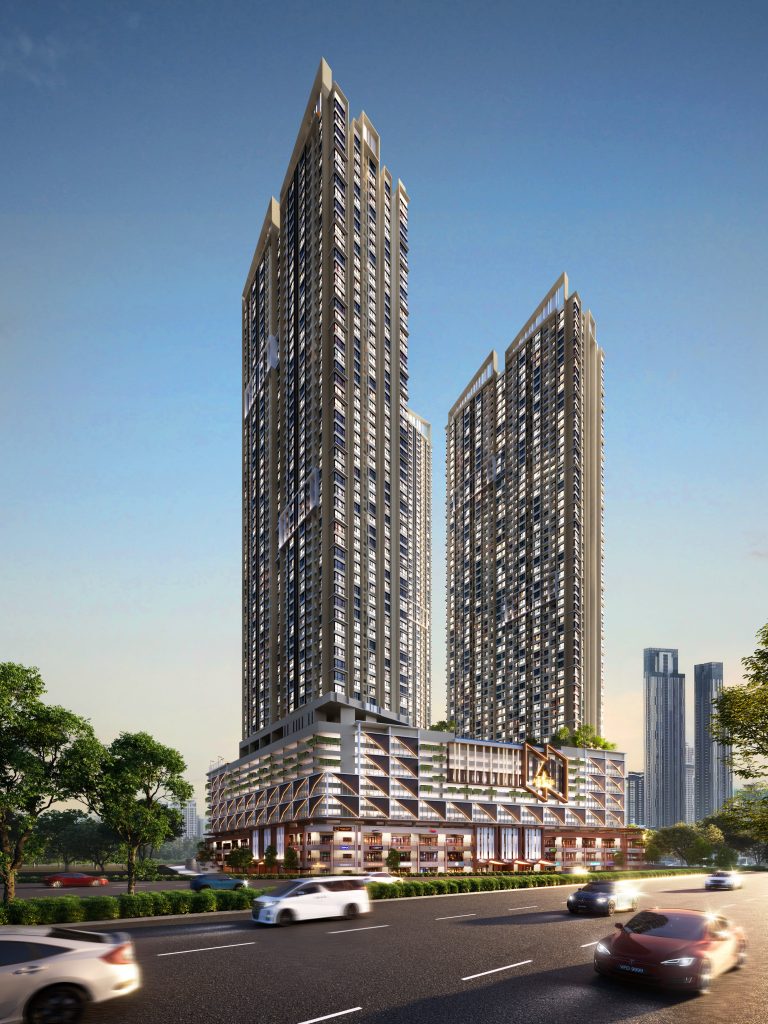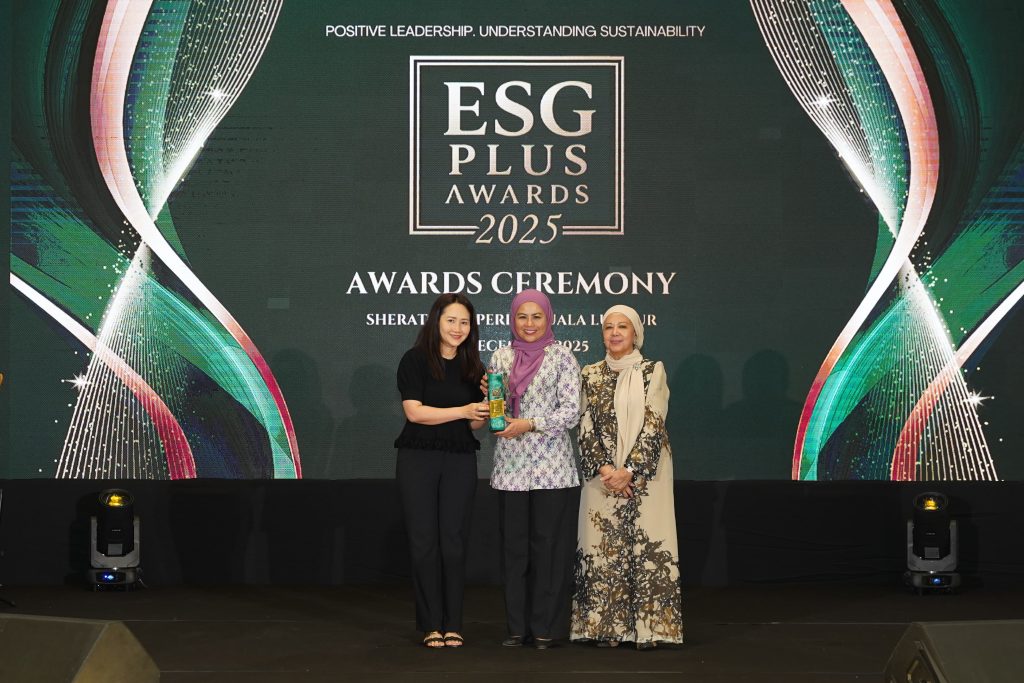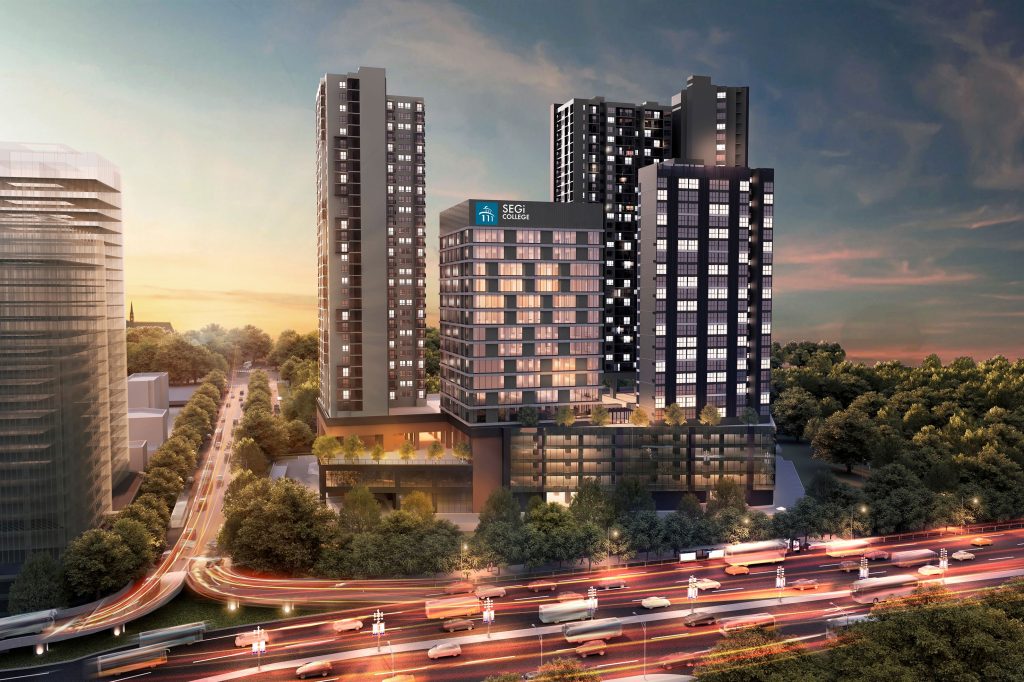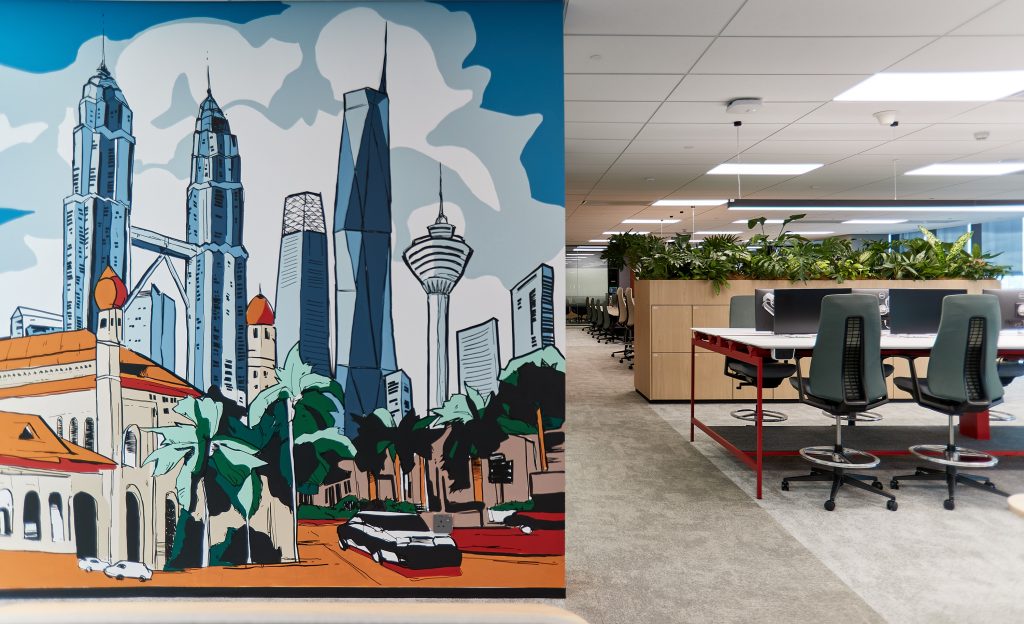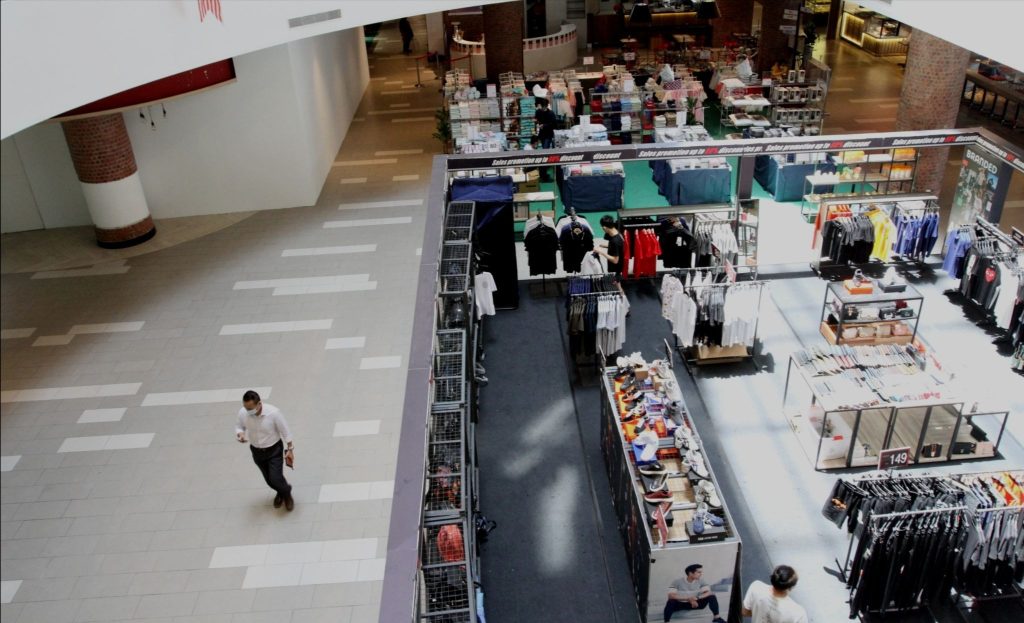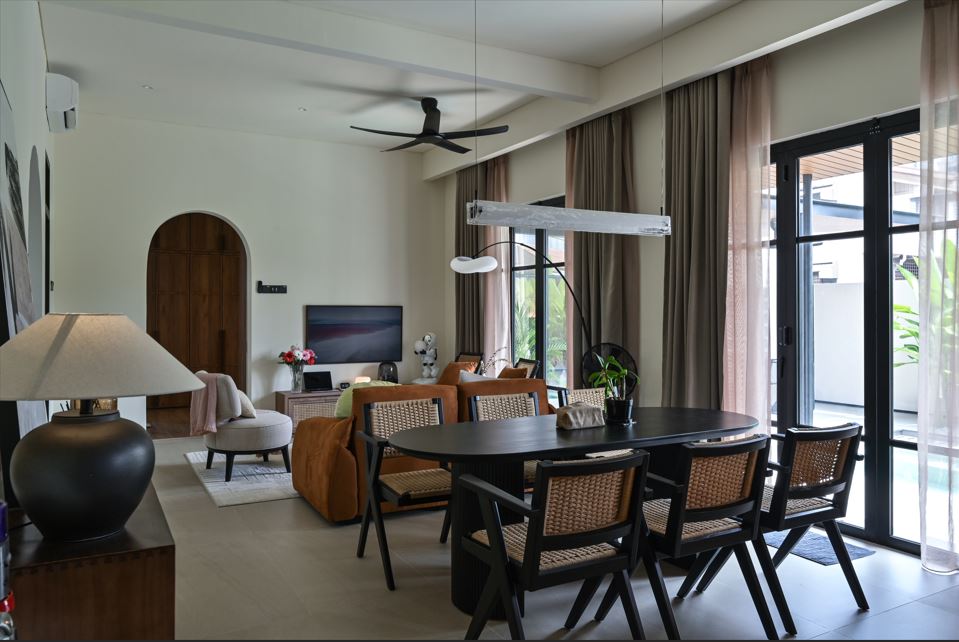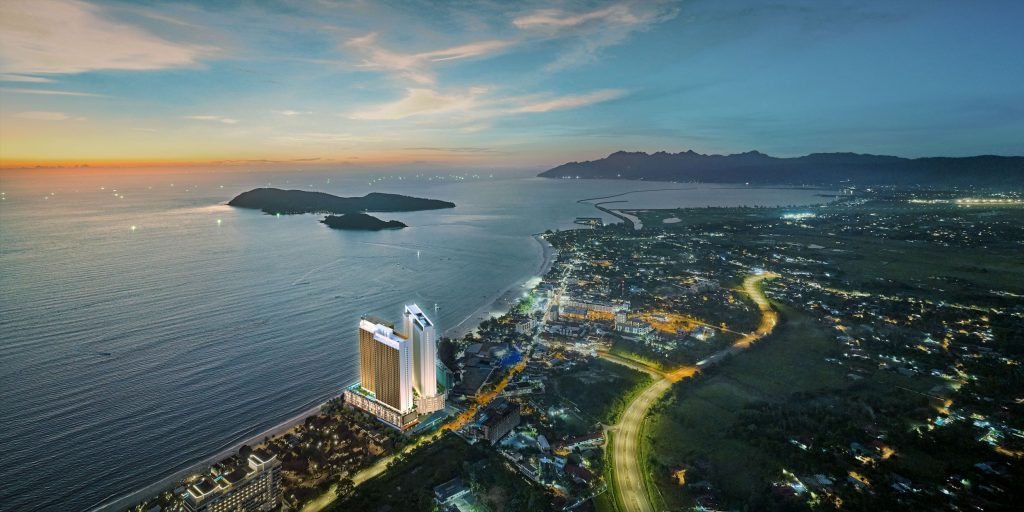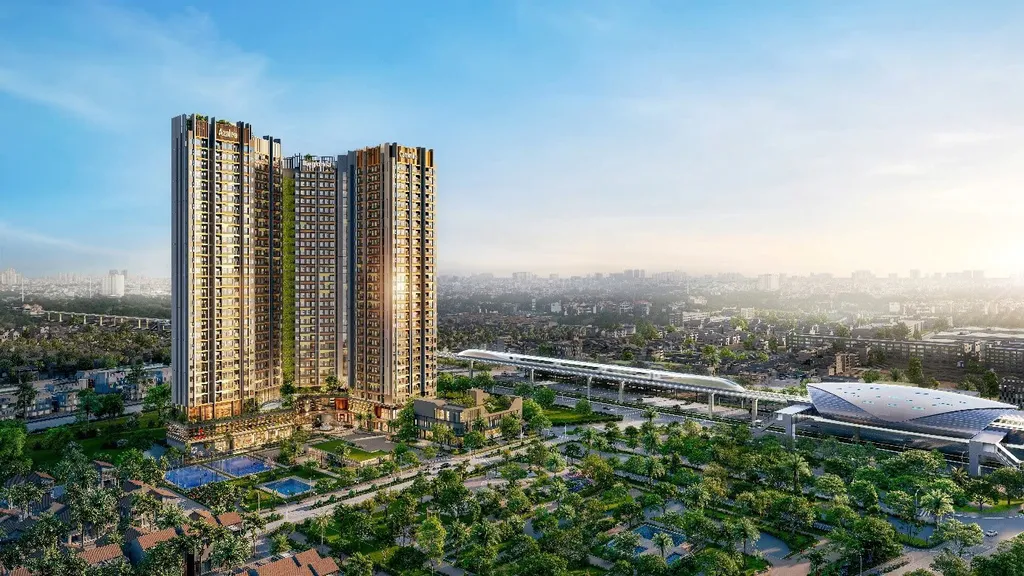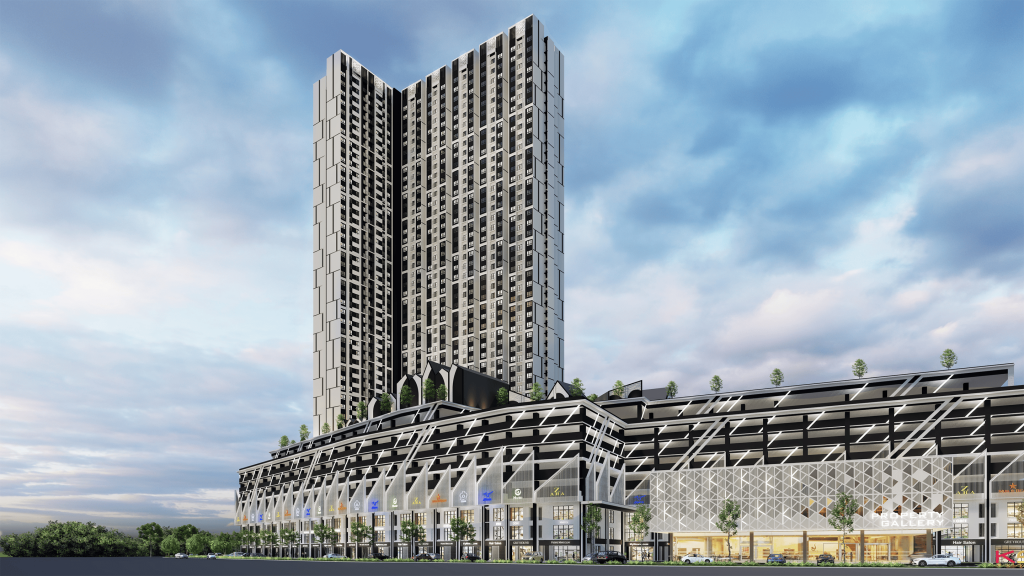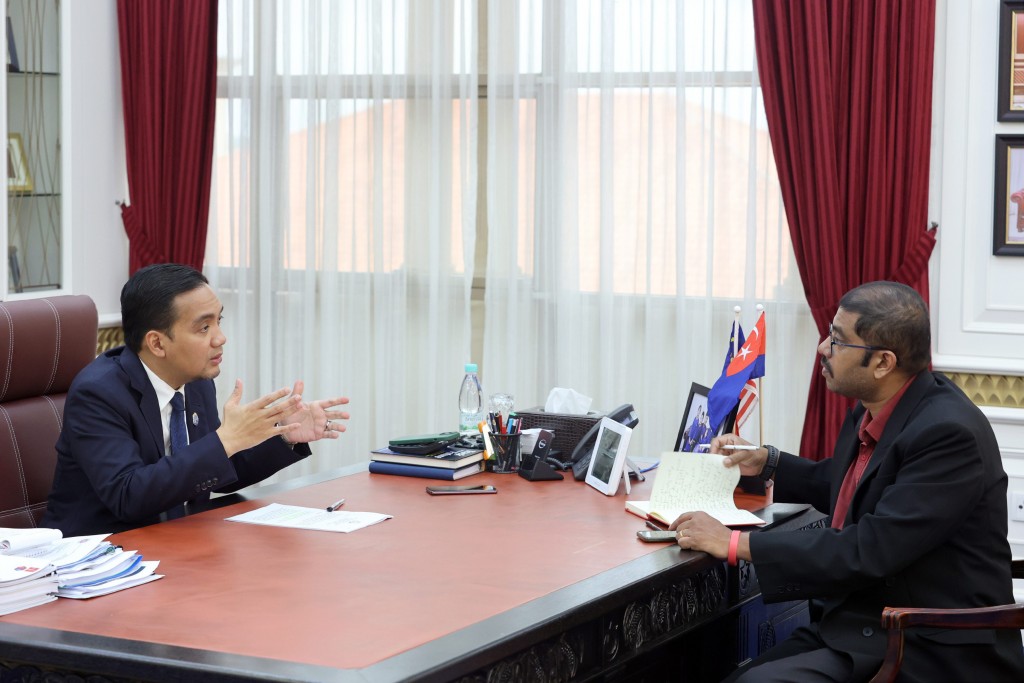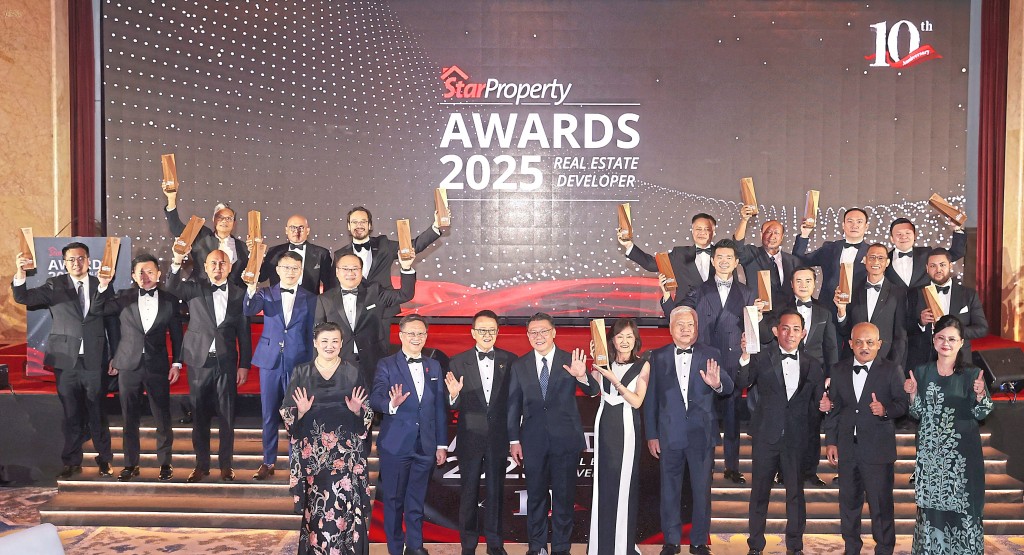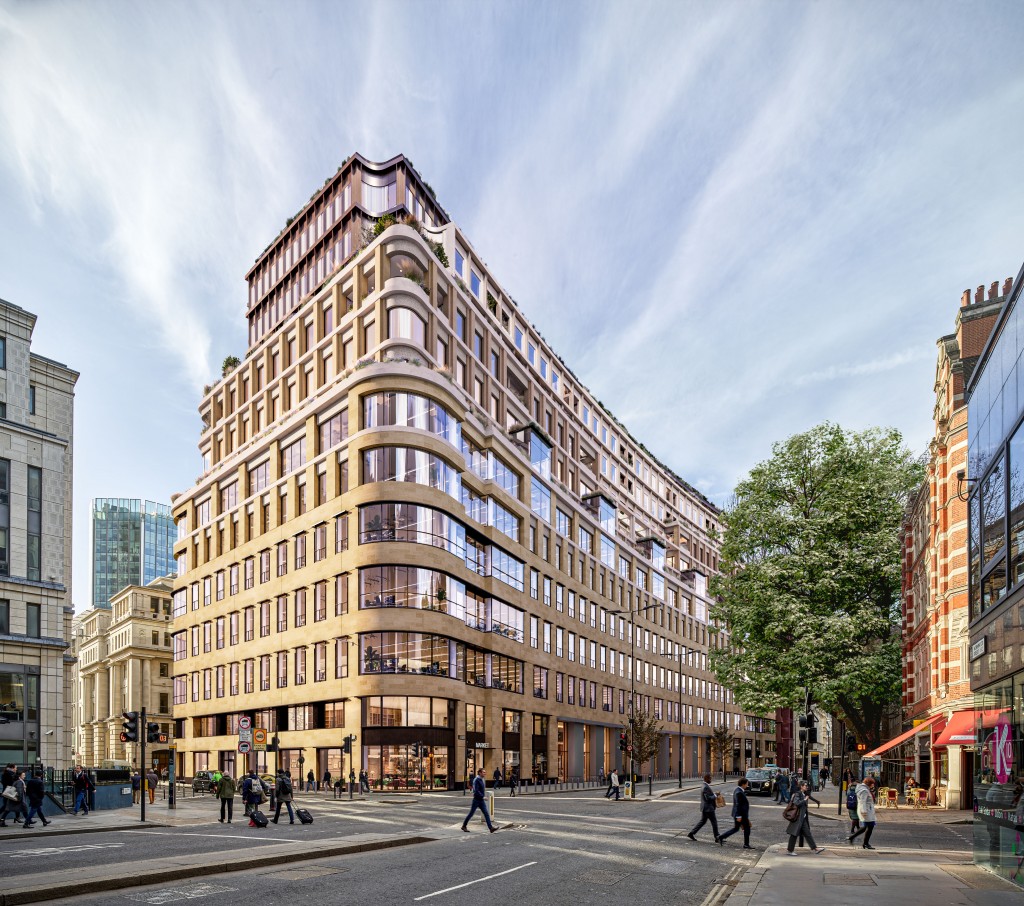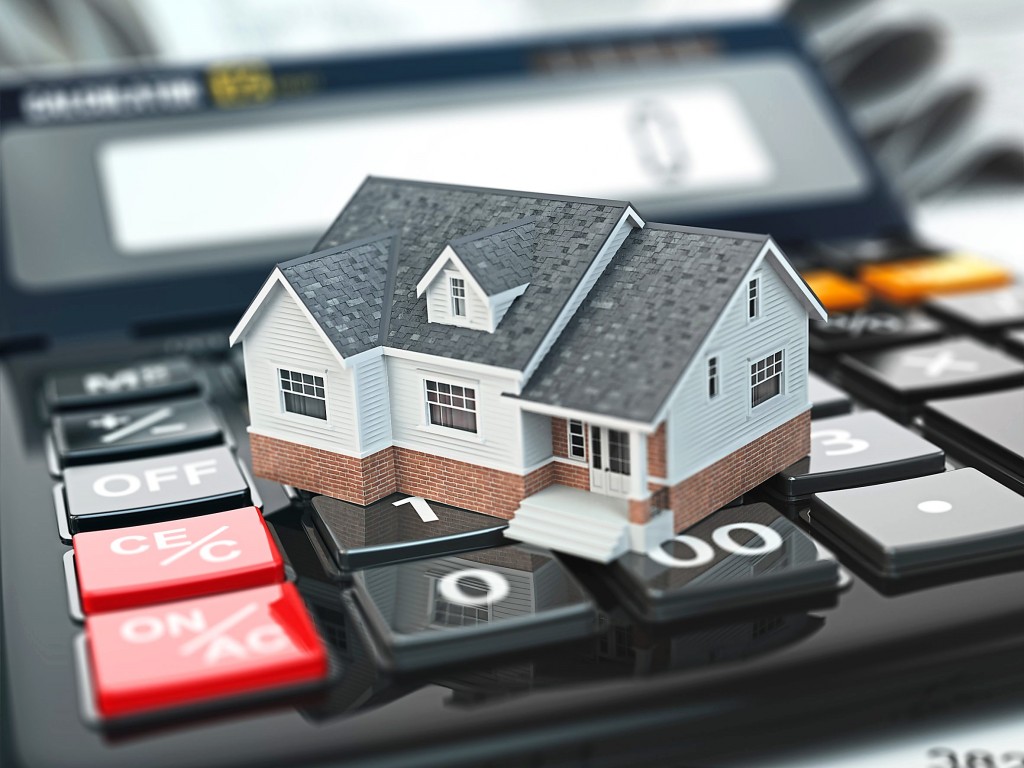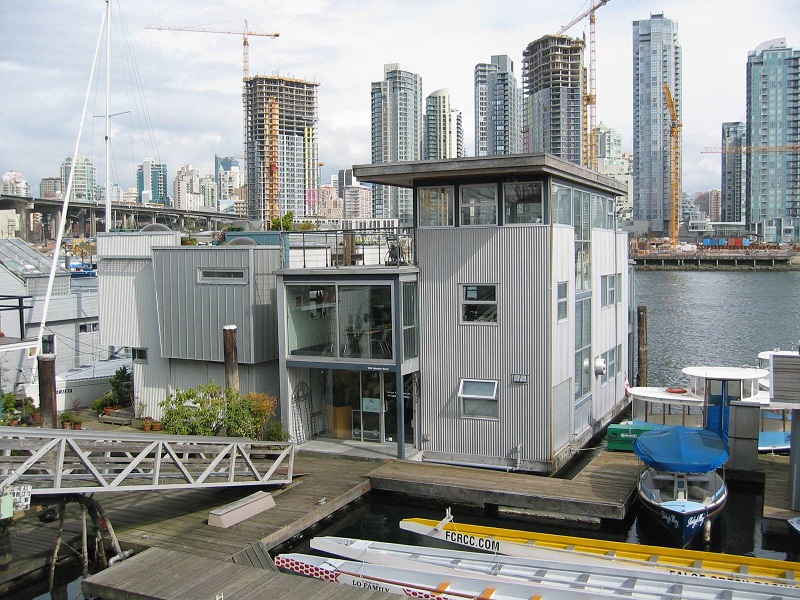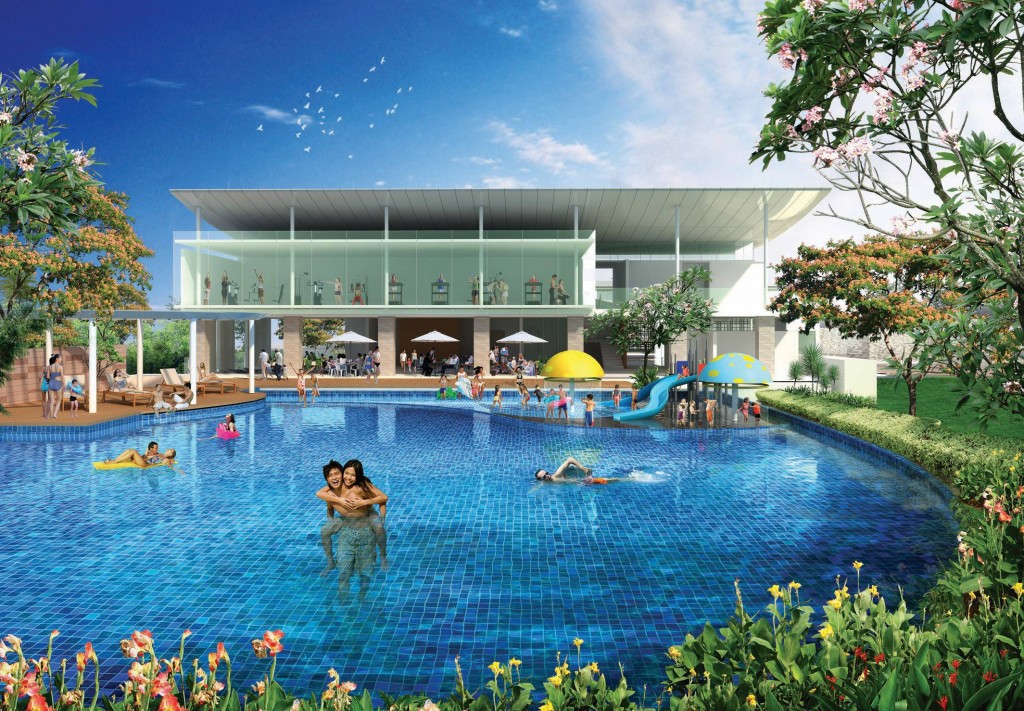
The occupancy rate has improved in Kuala Lumpur following a demand for office space, particularly for modern, flexible spaces suited to hybrid work arrangements. —
IZZRAFIQ ALIAS/The Star
6.2% drop in property transactions due to market correction
By Sulaiman Saheh
Malaysia’s property market started 2025 on a mixed note, with strong construction activity continuing amid a slight dip in overall transactions. The Q1 2025 Property Market Report, released by the Valuation and Property Services Department (JPPH) on May 9, 2025 showed a 6.2% decline in transactions to 97,772 and an 8.9% drop in value to RM51.42bil.
This decline is viewed as an expected market correction following a preceding seven quarters of growth, excluding a minor correction in Q2 2024. Despite the slowdown, transaction volumes remain higher than those in Q1 2022 and Q1 2023, highlighting the market’s resilience.
Residential properties continued to form the bedrock of Malaysia’s property landscape, contributing over 59,000 transactions valued at RM24.52bil—accounting for more than 60% of total market activity. Yet, the segment experienced a year-on-year dip of 5.6% in transaction volume and a 2.9% decline in value.
Demand remained firmly rooted in the affordable housing segment, with more than half of all residential sales involving units priced below RM300,000. Developments such as PR1MA homes nationwide, Residensi Wilayah projects in the Klang Valley, and Rumah Selangorku units in suburban growth areas continued to attract steady interest from first-time buyers and lower to middle-income groups.
Despite the decline in sales volume, the residential supply pipeline remained strong, with a 32% rise in new units under construction. This was complemented by a surge in new project launches, which doubled from the same period last year, with 12,498 new residential units introduced to the market.
Notably, the serviced apartment segment saw a remarkable revival, recording a 170% jump in new starts compared to 1Q 2024. Affordable homes continue to be in the spotlight and of high interests by the rakyat. Penang is set to launch its first affordable housing project in 2025, called Rumah Mampu Milik Bakat Baru Madani. The initial phase will take place in Seberang Jaya, followed by further phases mainly in Bandar Cassia, Batu Kawan.
Over the next ten years, 38,000 units will be developed, priced between RM225,000 and RM420,000. Most units will be constructed using the modular Industrialised Building System (IBS), allowing for faster and more cost-effective building methods.
The commercial property segment saw 10,726 transactions worth RM10.9bil, down 5.4% in volume and 17.8% in value. Although this represents a cautious market sentiment, several new retail and mixed-use launches have helped maintain activity in select areas. High-profile developments such as The Exchange TRX in Kuala Lumpur and the expansion of IOI City Mall in Putrajaya continue to draw retail and commercial interest, while integrated hubs in urban centres look to revitalise demand.
In the office market, signs of marginal improvement emerged when looking at the overall national data for the privately-owned office sector. Occupancy levels in the private office segment remained stable at 72%, while total vacant space fell 2.1% to 55.2 million sq ft.

Connectivity upgrades have boost Penang's appeal as an investment hub, supporting economic growth, attracting talent and
facilitating smoother logistics and trade. — LIM BENG TATT / The Star
Occupancy rate improving
Within the Klang Valley, the occupancy rate improved to 71.1%, with a corresponding decline in vacancy to 43.1 million sq ft. This signals an improving demand for office space, particularly for modern, flexible spaces suited to hybrid work arrangements.
New Grade A office buildings such as Menara Merdeka 118, The MET Corporate Towers in KL Metropolis, and Aspire Tower in KL Eco City have been pivotal in attracting tenants seeking ESG-compliant, strategically located commercial environments. Nevertheless, the market is still expected to be competitive and more business-driven incentives are needed as challenges in the sector remain with growth in demand continuing to be a step behind the slew of new supply.
In contrast, industrial properties continued to demonstrate resilience and incremental growth. The segment posted 2,002 transactions valued at RM7.11bil, reflecting a marginal increase of 0.3% in volume and 0.8% in value. Industrial activity was buoyed by ongoing demand for logistics facilities and warehouses, particularly in key manufacturing corridors across Selangor, Penang, and Johor.
This trend reflects the strong expansion of e-commerce platforms and domestic production, which have sustained demand for modern industrial space. East Malaysia is set to expand its industrial capacity with three new approved industrial parks to meet rising demand from manufacturers and logistics sectors.
The first, Blue Economy Industrial Park in Kudat, covers 3,000 to 4,000 acres, with 1,200 acres managed by Sabah Economic Development Corporation. The second, the 13,000-acre Integrated Industrial Park in Kota Belud, was announced in 2024 and will be developed by KKIP Sdn Bhd. The third project involves relocating the Kimanis Industrial Park to Beaufort due to land acquisition issues, with the 4,000-acre Beaufort Industrial Park managed by Sabah Oil and Gas Development Corporation.
A standout within the industrial segment is the rapid rise of Malaysia’s data centre sector, which has seen significant investment inflows and attention in recent quarters. Johor has quickly emerged as a key destination for hyperscale data centre developments, driven by its land availability, power infrastructure and proximity to Singapore. Major technology players such as Microsoft and NTT Data have committed to establishing data hubs in Sedenak Tech Park and Gelang Patah in Johor, with total investments reaching into the billions.
Selangor too is reasserting its position as a digital infrastructure node, with Cyberjaya and Bukit Jalil drawing expansion plans from Bridge Data Centres, Equinix and GDS Holdings. Google had announced their plans to establish their US$2bil (RM8.47bil) data centre in Elmina Business Park in Sungai Buloh. These large-scale projects are expected to spur parallel demand in supporting industrial assets, utilities and other economic activities.
Unsold units still a challenge to clear
While market fundamentals remain stable, challenges persist, particularly in addressing the residential overhang and affordability gap. As of the first quarter, 43,510 unsold residential units with a total value of RM30.7bil remained on the market, albeit this figure marked a slight improvement from previous quarters.
Many of these unsold properties are concentrated in suburban townships or locations lacking essential infrastructure and public transport access. Affordability remains a critical issue, exacerbated by rising living costs and wage stagnation. This has placed continued pressure on developers and policymakers to introduce more inclusive housing schemes, such as enhanced rent-to-own programs and targeted subsidies under government initiatives.
Environmental, Social and Governance (ESG) considerations are increasingly shaping property investment decisions, particularly among institutional investors and multinational tenants. Developments with strong ESG credentials, such as the triple-platinum LEED-certified Merdeka 118, are gaining a competitive edge in the market. Green design, energy efficiency, and sustainable construction methods are fast becoming prerequisites for both commercial leasing and investor interest, with local banks also beginning to align their financing packages with ESG-linked benchmarks.
Regionally, the Klang Valley, Penang and Johor remain the most attractive zones for property investment in 2025. The Klang Valley continues to serve as the country’s economic core, with continued expansion in public infrastructure and new transit-oriented developments.

Johor has quickly emerged as a key destination for hyperscale data centres, driven by its land availability, power infrastructure and proximity to Singapore.
Johor a rising commercial hotspot
Meanwhile, Johor’s strategic proximity to Singapore and its role in data centre and industrial logistics projects are positioning the state as a rising commercial hotspot. The upcoming Johor-Singapore Special Economic Zone (JS-SEZ) is expected to further enhance cross-border economic integration, providing a framework for increased bilateral investments in real estate and digital trade. The Penang Transport Master Plan enhances connectivity and reduces congestion through new LRT lines, expressway bypasses, and a still-possible undersea tunnel, improving mobility for residents and businesses. These upgrades boost Penang’s appeal as an investment hub by supporting economic growth, attracting talent and facilitating smoother logistics and trade.
Further complementing these regional developments is the East Coast Rail Link (ECRL) project, a transformative infrastructure initiative aimed at enhancing connectivity between the east and west coasts of Peninsular Malaysia. As of April 2025, the ECRL has achieved 82% completion, with projections indicating a 90% completion rate by December 2025. Its anticipated operational commencement is targeted in January 2027.
In summary, Malaysia’s property market in the first quarter of 2025 appears to be in a state of measured calibration. While transaction volumes have softened slightly, underlying activity remains resilient, especially in the construction, industrial and digital infrastructure segments.
As the market continues to evolve in response to macroeconomic trends and technological shifts, industry players are urged to maintain flexibility and foresight in adapting to changing demand, while leveraging the opportunities emerging from Malaysia’s growing role in regional connectivity and sustainable development.
Stay ahead of the crowd and enjoy fresh insights on real estate, property development and lifestyle trends when you subscribe to our newsletter and follow us on social media.


